You are here
Opera and ballet theatre in Dushanbe.
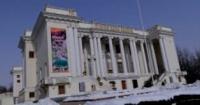
Excursions on theatres in Dushanbe.
“You don't have to burn books to destroy a culture. Just get people to stop reading them”
Ray Bradbury.
Walking tours in Dyshanbe.
Tajik Academic Opera and Ballet Theater named after Sadriddin Aini is located east of Rudaki Avenue, between Hussein-zade and Nisor Muhammad streets, northeast of the 800th anniversary of Moscow square in Dushanbe.
The Tajik Academic Opera and Ballet Theater named after S. Aini is the leading musical theater of the capital, founded in Dushanbe in the pre-war years in 1940 on the basis of the Tajik Musical Theater. And during this time he managed to become the center of the musical life of the republic, a treasury of national art, a constellation of talents.
The musical art of Tajiks in a short time has gone from the simplest and two-stringed instruments to a professional symphony orchestra, from monophony to polyphony. An important role in the development of musical art was played by Russian composers, figures of the musical culture of the fraternal republics.
They came to Tajikistan to work, taught and helped educate young cadres of musicians, singers, dancers. Already in the first years of the formation of the collective, composers created wonderful works that immediately entered the treasury of musical culture.
The ballet "Leyli and Majnun", staged on the stage of the theater, based on the legend of beautiful tragic love, popular in the East, glorified the Tajik ballet art. The music for this ballet was written by Sergei Balasanyan.
The Tajik school of composers gradually got on its feet, and a galaxy of brilliant performers grew up. Young talents were educated at conservatories and higher theatrical educational institutions, choreographic schools in Moscow, Leningrad (now St. Petersburg) and other theatrical centers of the country.
In 1941, the theater participated in the decade of Tajik art in Moscow, showing the first Tajik operas: "The Rebellion of Vose" by S.A. Balasanyan, The Blacksmith Kova by Balasanyan and Bobokalonov and the ballet Du Gul (Two Roses) by A. Lensky.
On February 17, 1942, for the residents of the capital, as well as for the evacuated families and wounded Red Army soldiers, the first performances of masters of art took place in the new building of the Opera
and Ballet Theater named after Sadriddin Aini.
Since 1944, the Opera and Ballet Theater has also staged Western European and Russian classics in its theater. Operas and ballets written specifically for children enjoy great success with the youngest audience.
The ballet troupe of the theater at the end of the 50s was replenished with a new composition - young people from various regions of the republic. From Leningrad (now St. Petersburg) in 1958, young people arrived in the capital of Tajikistan, who had just graduated from the famous choreographic school named after A. Vaganova, Sharafbon Turdyev, Stalin Azamatov, Susanna Uzakova, Bozgul Isaeva, Bahodur Jurabaev, Tagira Javad-zade , Muzaffar Umarov.
They breathed new life into Tajik ballet. The playbill of the Tajik Opera and Ballet Theater reflected the professional growth of the young "pointe-bred" generation. "Giselle" (S. Azamatova), "Swan Lake" (V. Isaeva), "Don Quixote" (S. Uzakova, T. Javad-zade), "Leyli and Majnun" (Sh. Turdiyeva, B. Jurabaev) - these performances, difficult in stylistic terms, were determined by the school of professional skill and high performing culture of the ballet troupe of the theater.
The 60-70s were the most fruitful in the history of Tajik ballet. With the arrival of Malika Sabirova to the theater in 1961, a graduate of the school named after A. Vaganova, a new era began in the history of Tajik ballet.
The established traditions of choreographic culture were rethought, enriched with modern associations of the uniqueness of M. Sabirova's talent. She and her partner Muzaffar Burkhanov with each performance asserted their excellent school of classical dance, strictness of style, nobility of performance.
Spectators from many countries of the world applauded this talented dance duo. In 1964, in Varna, at the International Ballet Competition, their duet received the Second Prize, and in 1969 M. Sabirova was awarded the First Prize at the First International Ballet Competition in Moscow.
Over the years, artists working in the theater and contributing to its fame and growth are T. Fozylova, A. Mullokandov, M. Bakhor, A. Iskhakova, A. Boboeva, H. Akhmedov, A. Bobokulov, H. Mavlyanova, L. Kabirova, Ya. Galibov, R. Burkhonov, O. Sabzalieva, B. Mamadkulov, V. Karimov, M. Sobirova, M. Burkhanov and others, conductors - L. Kaufman, D. Dalgat, P. Bolenko; directors - R. Korokh, S. Saidmuradov, V. Reinbach, A. Makarovsky; choreographers - K. Goleizovsky, A. Protsenko; artists - E. Chemodurov, V. Fufygin, V. Suslov; head of the vocal part E. Prokofiev and others.
To this day, the Opera and Ballet Theater operates in one of the most beautiful buildings in the capital, the architects of which were D.I. Bibilin, V.D. Golly, A.A. Junger.
In 1948, the theater was awarded the title of academic, and in 1954 - the name of the great Tajik writer S.A.
Geographic coordinates of Opera and Ballet Theater in Dushanbe: N38°34'07 E68°47'42
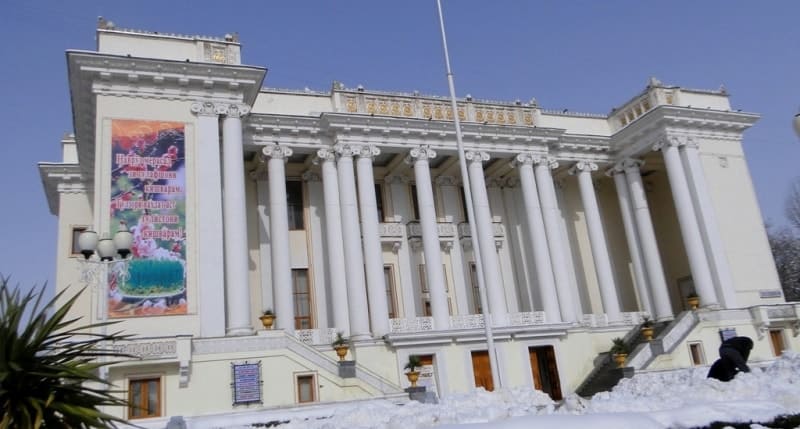
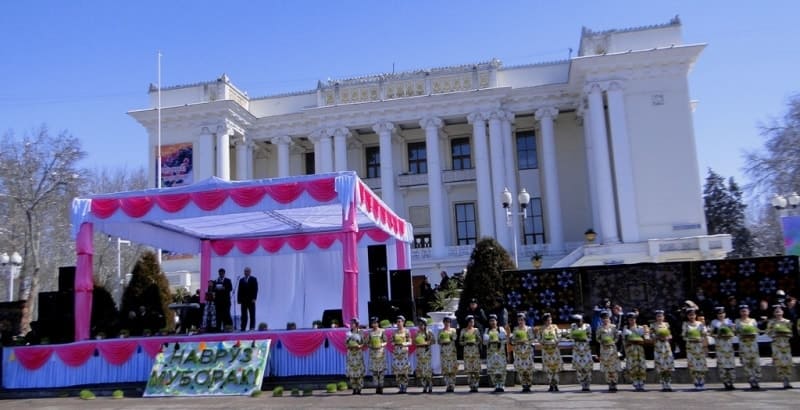
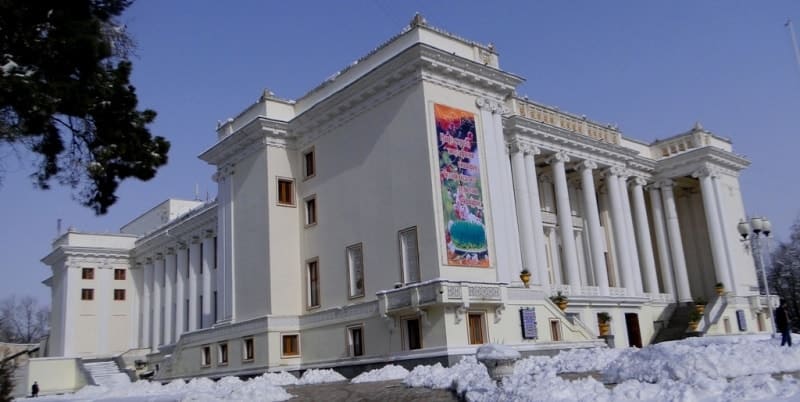
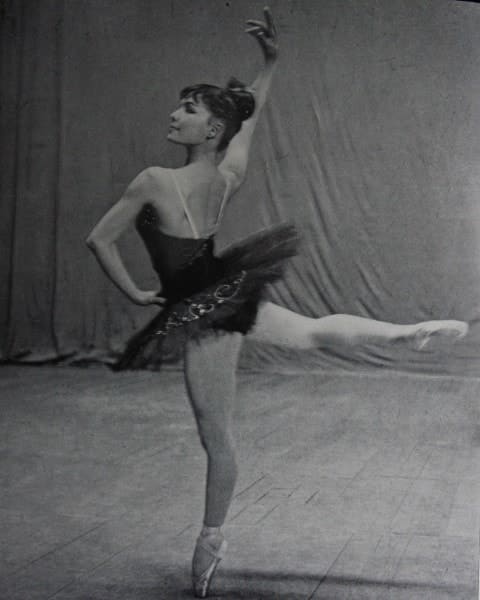
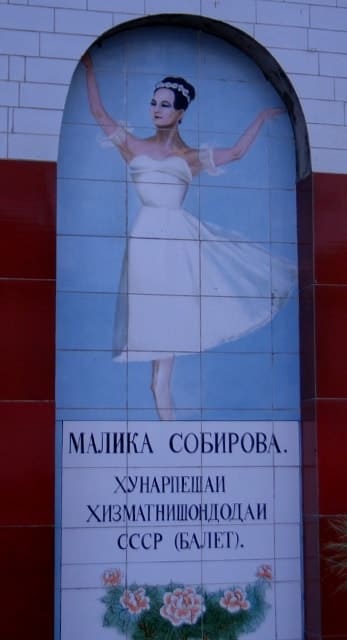
Authority:
http://www.dushanbe.tj
Photos by:
Alexander Petrov.







